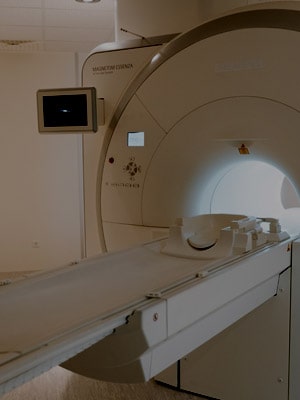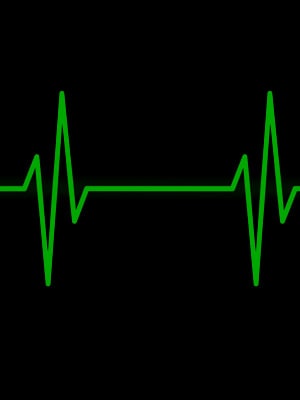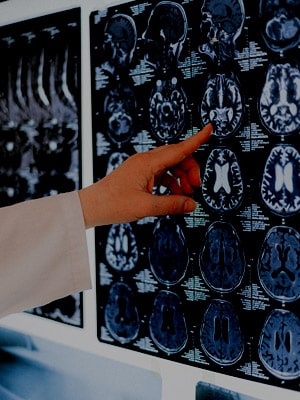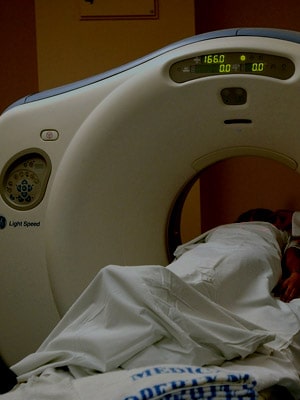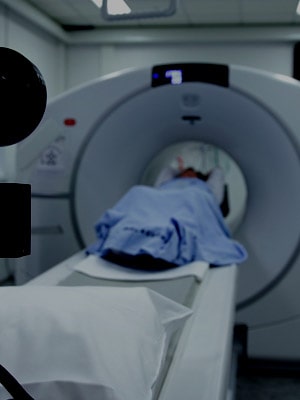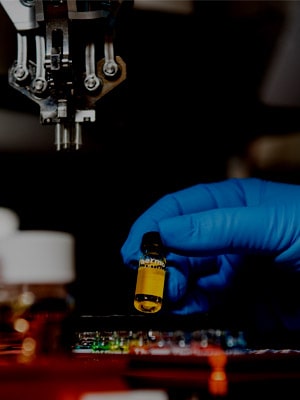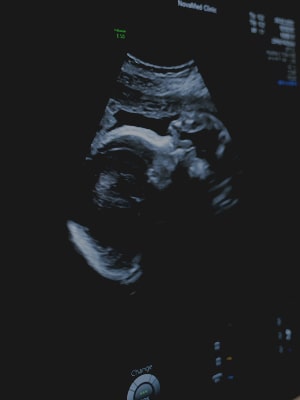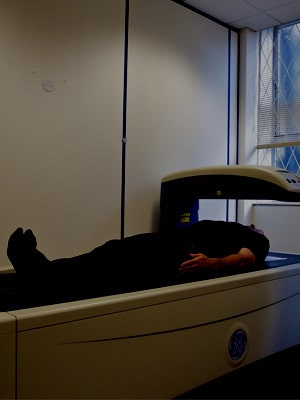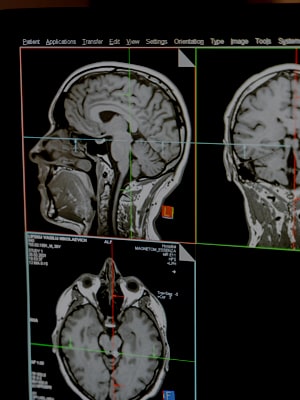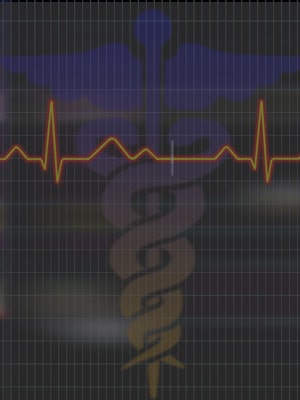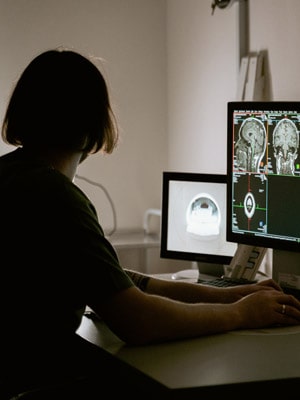An electrocardiogram (ECG) is a medical test that detects cardiac (heart) abnormalities by measuring the electrical activity generated by the heart as it contracts. The machine that records the patient’s ECG is called an electrocardiograph.
WHAT IS AN ECHOCARDIOGRAPHY (ECG)?
An electrocardiogram (ECG) is a medical test that detects heart problems by measuring the electrical activity generated by the heart as it contracts.
A doctor may recommend an ECG for people who may be at risk of heart disease because there is a family history of heart disease, or because they smoke, are overweight, have diabetes, high cholesterol, or high blood pressure.
A doctor may also recommend an ECG for people who are displaying symptoms such as chest pain, breathlessness, dizziness, fainting, or fast or irregular heartbeats.
The ECG is a safe and non-invasive procedure with no known risks.
HOW DOES ECG SCAN WORK?
The electrocardiograph records the electrical activity of the heart muscle and displays this data as a trace on a screen or paper. This data is then interpreted by a medical practitioner.
ECGs from healthy hearts have a characteristic shape. Any irregularity in the heart rhythm or damage to the heart muscle can change the electrical activity of the heart so that the shape of the ECG is changed.
A doctor may recommend an ECG for people who may be at risk of heart disease because there is a family history of heart disease, or because they smoke, are overweight, or have diabetes, high cholesterol, or high blood pressure.
They may also recommend an ECG if a person is experiencing symptoms such as:
- Chest Pain
- Shortness of Breath
- Dizziness
- Fainting
- Fast or irregular Heartbeats (palpitations).
ECGs are often performed to monitor the health of people who have been diagnosed with heart problems, to help assess artificial cardiac pacemakers, or to monitor the effects of certain medications on the heart.
Frequently Asked Questions
When you go for an ECG test, you will need to remove your upper clothing so that electrodes can be attached to your chest and limbs., Wearing a separate top with trousers or a skirt can allow easy access to the chest. Underwire in a bra can interfere with the ECG reading – you may be asked to remove it before the test.
- resting ECG – you lie down for this type of ECG. No movement is allowed during the test, as electrical impulses generated by other muscles may interfere with those generated by your heart. This type of ECG usually takes 5 to 10 minutes
- ambulatory ECG – if you have an ambulatory or Holter ECG you wear a portable recording device for at least 24 hours. You are free to move around normally while the monitor is attached. This type of ECG is used for people whose symptoms are intermittent (stop-start) and may not show up on a resting ECG, and for people recovering from a heart attack to ensure that their heart is functioning properly. You record your symptoms in a diary, and note when they occur so that your own experience can be compared with the ECG
- exercise stress test (EST) – this test is used to record your ECG while you ride on an exercise bike or walk on a treadmill. This type of ECG takes about 15 to 30 minutes to complete.
The results of your ECG will determine what treatment you need if any.
Some of the various heart problems that can be diagnosed by ECG include:
- enlargement of the heart
- congenital heart defects involving the conducting (electrical) system
- abnormal rhythm (arrhythmia) – rapid, slow, or irregular heartbeats
- damage to the heart such as when one of the heart’s arteries is blocked (coronary occlusion)
- poor blood supply to the heart
- abnormal position of the heart
- heart inflammation – pericarditis or myocarditis
- cardiac arrest during the emergency room or intensive care monitoring
- disturbances of the heart’s conducting system
The ECG is a safe procedure with no known risks. It does not send electric current to the body. Some people may be allergic or sensitive to the electrodes, which can cause local skin reddening.

